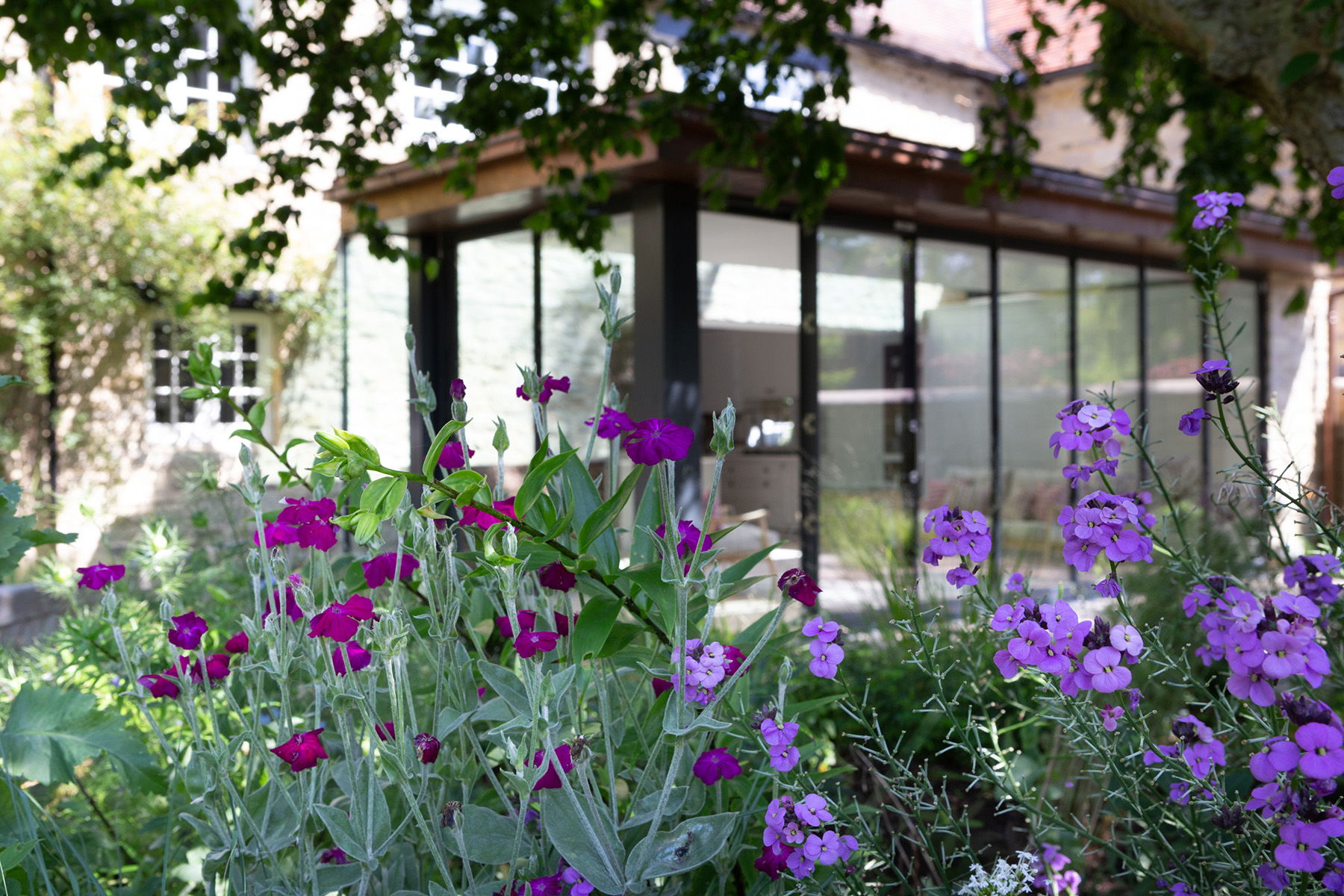
Copper is an elegant & sustainable roof for a listed building extension
Stone Farm, Oxford, was selected to be featured in Listed Heritage magazine earlier this year, for an in-depth exploration into roofing materials on graded buildings. Here we look into the reasons why copper can be an excellent roofing choice.


Background on the renovation
The property had survived for hundreds of years relatively intact, and the owners wanted to sympathetically renovate the original footprint of the building whilst adding a modern twenty-first-century chapter to its history. They wanted an extension that reflected the building’s integrity, while capturing its spirit in a modern form.
What are the benefits of a copper roof?
Copper is an elegant metal and has earned its respected place in architectural history, from medieval cathedrals to contemporary facades. One of its most interesting aspects is that, in its natural, untreated form, it develops a self-protecting patina, going through a natural chromatic weathering process, where it mellows within weeks to various shades of bronze and brown (like a penny coin) and, over the years, oxidation gives it its characteristic green/teal Verdigris patina – often referred to as antique copper.
Providing a prominent visual accent in historic structures, copper roofing sheets are extremely versatile and long lasting, ensuring a lifespan of about 100 years or more, and it is also 100% recyclable, reducing its environmental impact.
What is Copper’s cost vs. other roofing materials?
While copper’s initial cost is generally higher than other metals, it is highly cost-effective over the lifespan of the building. Its water resistance enables lower roof pitches than standard other roof coverings, and being much lighter than other metal alternatives, it requires less structure and is a low-maintenance option, not requiring painting or cleaning. As water harvesting increases in popularity, copper is a great choice, as it acts as an algaecide and fungicide, stunting the growth of lichen and moss, while having a balanced pH and mildly disinfects the rainwater.

What did our architects & designers do?
The excitement of this project lay not just in the act of restoring a handsome Grade-II-listed farmhouse to its former glory but in exploring how it could be imaginatively adapted for its new purpose. This open approach was a crucial part of the design process. By collaborating closely from the start our architects created a striking glass-and-copper extension that provides a light-and-bright contemporary kitchen-dining-living space but also complements – and accentuates – the existing materials.
The quality of materials in this project is a recurring theme: for instance, the exquisite stonework that defines the original building’s elevations is reflected in the home’s stylish interior and is a continuing refrain outside too, in the paving that runs through the garden.
What challenges did we overcome?
Because the building is of special historical interest, it was critical that our team worked in close partnership with planners and heritage consultants to log and preserve key features of the original structure, while integrating the essential elements of the new design.
However, we also made effective use of cutting-edge tech: 3D modelling allowed us to demonstrate to the owners at the start of the project – in a hyper-realistic way – just how our choice of materials (glass and copper) would enhance the finish in both the short and long-term. We were able to detail how the glass would blend into the stone – thanks to the seamless link we designed – and how the copper would age into its Verdigris patina over time.


What was the final result?
The contemporary extension seamlessly flows into the stonework of the home, allowing light to flood the open-plan kitchen and living space. The extension can be completely opened to the garden allowing a fresh breeze and the murmur of the fountain in. But more than anything, it is now a home that’s made to be lived in and loved by all generations of the family.
What’s Next? Our expertise in Listed Properties.
With our wealth of experience working on listed and heritage properties across London and the South East, HollandGreen has successfully negotiated consents with Local Authority Conservation Officers and with Historic England for a wide range of renovation and extension planning requests.
We work with Specialist Heritage Consultants, and Archaeologists to provide detailed assessments of historic buildings, and have gained approval for ambitious, but sympathetic alterations to properties of historic interest, including those Grade ii* which fall within the top 3% of protected properties in the UK.
We provide services throughout London, Surrey, Oxfordshire, Buckinghamshire, Berkshire and the Cotswolds. Find out more about how we work or get in touch to see how we can help you on your exciting home project. We also offer Interior Design and Landscape design services.
